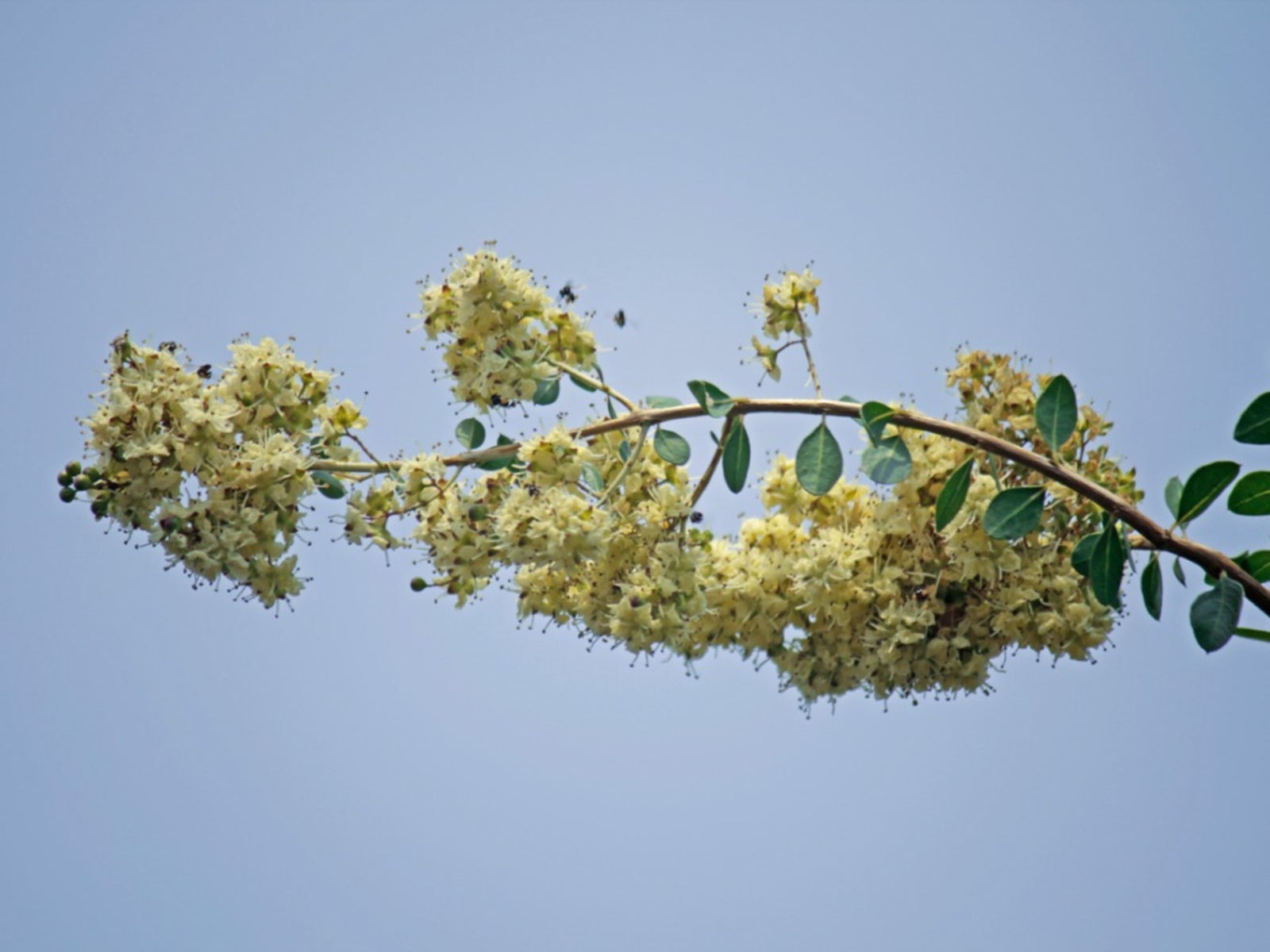What Is A Henna Tree: Henna Plant Care And Uses


Chances are good you’ve heard of henna. People have been using it as a natural dye on their skin and hair for centuries. It is still very widely used in India and, thanks to its popularity with celebrities, its use has spread across the world. Exactly where does henna come from though? Keep reading to learn more henna tree information, including henna plant care and tips for using henna leaves.
Henna Tree Information
Where does henna come from? Henna, the staining paste that has been used for centuries, comes from the henna tree (Lasonia intermis). So what is a henna tree? It was used by the Ancient Egyptians in the mummification process, it has been used as a skin dye in India since antiquity, and it is mentioned by name in the Bible. Since its ties with human history are so ancient, it’s unclear where exactly it comes from originally. Chances are good that it hails from North Africa, but it’s not known for sure. Whatever its source, it has spread throughout the world, where various varieties are grown to produce different shades of dye.
Henna Plant Care Guide
Henna is classified as a shrub or a small tree that can grow to a height of 6.5 to 23 feet (2-7 m.). It can survive in a wide range of growing conditions, from soil that is quite alkaline to quite acidic, and with annual rainfall that is both sparse to heavy. The one thing it really needs is warm temperatures for germination and growth. Henna is not cold tolerant, and its ideal temperature is between 66 and 80 degrees F. (19-27 C.).
Using Henna Leaves
The famous henna dye comes from dried and pulverized leaves, but many parts of the tree can be harvested and used. Henna produces white, extremely fragrant flowers that are frequently used for perfume and for essential oil extraction. Although it has not yet found its way into modern medicine or scientific testing, henna has a firm place in traditional medicine, where nearly all of its parts are used. The leaves, bark, roots, flowers, and seeds are used to treat diarrhea, fever, leprosy, burns, and much more.
Gardening tips, videos, info and more delivered right to your inbox!
Sign up for the Gardening Know How newsletter today and receive a free copy of our e-book "How to Grow Delicious Tomatoes".

The only child of a horticulturist and an English teacher, Liz Baessler was destined to become a gardening editor. She has been with Gardening Know how since 2015, and a Senior Editor since 2020. She holds a BA in English from Brandeis University and an MA in English from the University of Geneva, Switzerland. After years of gardening in containers and community garden plots, she finally has a backyard of her own, which she is systematically filling with vegetables and flowers.
-
 Get Ready For A Summer Of Hummers! Grow These Full Sun Hummingbird Plants and Flowers
Get Ready For A Summer Of Hummers! Grow These Full Sun Hummingbird Plants and FlowersIf you’re lucky enough to enjoy a sunny backyard, make sure you are maxing out on your pollinator opportunities and grow these full sun hummingbird plants and flowers
By Tonya Barnett
-
 12 Lush Alternatives To A Lawn For Sustainable Spaces
12 Lush Alternatives To A Lawn For Sustainable SpacesAlternatives to a lawn are beautiful and also beneficial to your local ecosystem and its pollinators. Explore our top picks for plants to replace grass.
By Tonya Barnett
